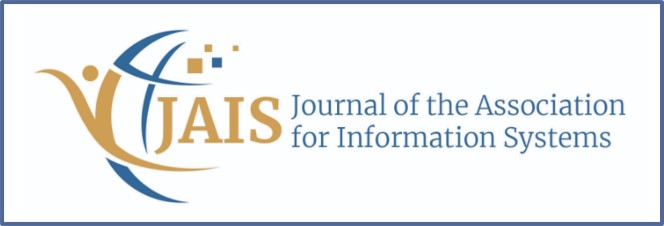
Abstract
The proliferation of information and communication technologies such as instant messenger has created an increasing number of workplace interruptions that cause employee stress and productivity losses across the world. This growth in interruptions has paralleled another trend: the graying of the workforce, signifying that the labor force is aging rapidly. Insights from theories of stress and cognitive aging suggest that older people may be particularly vulnerable to the negative consequences of interruptions. Hence, this study examines whether, how, and why technology-mediated interruptions impact stress and task performance differently for older compared to younger adults. The study develops a mediated moderation model explaining why older people may be more susceptible to the negative impacts of technology-mediated interruptions than younger people, in terms of greater mental workload, more stress, and lower performance. The model hypothesizes that age acts as a moderator of the interruption-stress relationship due to age-related differences in inhibitory effectiveness, computer experience, computer self-efficacy, and attentional capture. We refer to these age-related differences as concentration, competence, confidence, and capture, respectively, or the four Cs. We tested our model through a laboratory experiment with a 2 x 2 x 2 mixed-model design, manipulating the frequency with which interruptions appear on the screen and their salience (e.g., reddish colors). We found that age acts as a moderator of the interruption-stress link due to differences in concentration, competence, and confidence, but not capture. This study contributes to IS research by explicitly elucidating the role of age in IS phenomena, especially interruption-based technostress.
Recommended Citation
Tams, Stefan; Thatcher, Jason B.; and Grover, Varun
(2018)
"Concentration, Competence, Confidence, and Capture: An Experimental Study of Age, Interruption-based Technostress, and Task Performance,"
Journal of the Association for Information Systems, 19(9), .
Available at:
https://aisel.aisnet.org/jais/vol19/iss9/2
When commenting on articles, please be friendly, welcoming, respectful and abide by the AIS eLibrary Discussion Thread Code of Conduct posted here.

